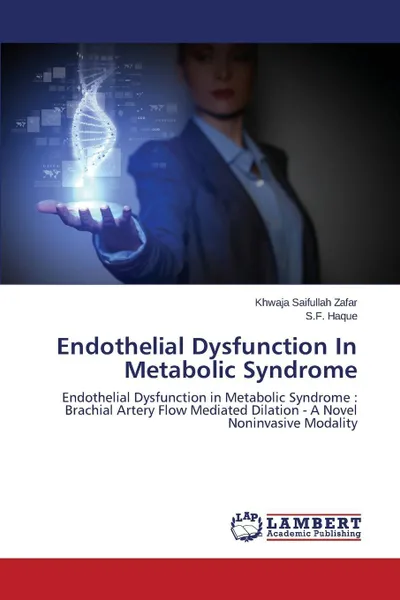Endothelial Dysfunction In Metabolic Syndrome 12+
Автор: Saifullah Zafar Khwaja,
Haque S.F.
2014
112 страниц
Категория: Литература на иностранных языках
ISBN: 9783659539589
Язык: Английский
📕 Endothelial dysfunction can be defined as the partial or complete loss of balance between vasoconstrictors and vasodilators, growth promoting and inhibiting factors, pro-atherogenic and anti-atherogenic factors, and pro-coagulant and anti-coagulant factors . Endothelial dysfunction occurs in various states such as Diabetes, Hypertension, Obesity, Hyperlipidimia, Atherosclerosis, Metabolic Syndrome (Insulin resistant states). The coexistence of obesity, glucose intolerance, dyslipidemia, and hypertension, is termed as Insulin Resistance Syndrome (IRS, Metabolic Syndrome, Syndrome X). Clinical diagnosis of IRS can be made according to the recently proposed criteria by an expert panel of National Cholesterol Education Programme (NCEP), Adult Treatment Panel III. From the clinical perspective endothelial cell function can be estimated invasively i.e. coronary catheterization or non invasively i.e. ultrasound changes in blood flow. Endothelial dysfunction in the brachial artery highly correlates with endothelial dysfunction in the coronary circulation, which is emerging as an independent risk factor for cardiovascular disease .
Мнения
